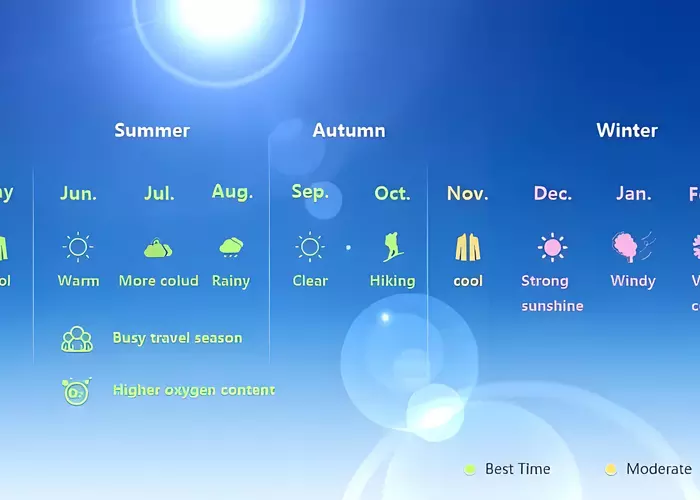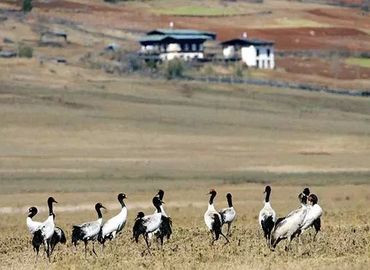Tibetan Flower
- Catherine
- Last Updated : 12/19/2025
The landscape of Tibet is stunningly beautiful. And there's high air humidity, strong ultraviolet radiation, cold climate, thin and fresh air, as well as amazing alpine flowers and wild plant resources(more than 6000 species), which show the beauty of nature with shapes, colors, and subtle structures. In the spring and autumn season, when all kinds of alpine flowers bloom, the highland region is like a large garden, making people linger. Listed below are top 10 common wild flowering plants in Tibet.
Galsang Flower
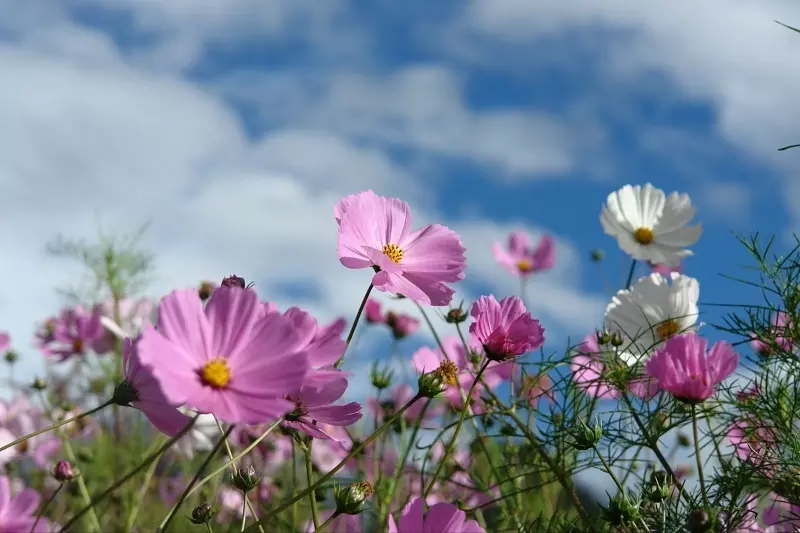
Galsang flower is referred to as the city flower of Lhasa. In Tibetan, "Galsang" means good times, so the Galsang flower is also called the flower of happiness.
In fact, Galsang is synonymous with wildflowers with strong vitality on the Tibetan plateau. The asters of the Compositae family and the commonly seen cultivated asters from Qamdo to Lhasa all conform to the characteristics of Galsang flowers. There is no unified identification. Here only list three representative ones:
- Cosmos bipinnatus;
- Callistephus chinensis;
- Potentilla fruticosa.
Rhododendron Lapponicum
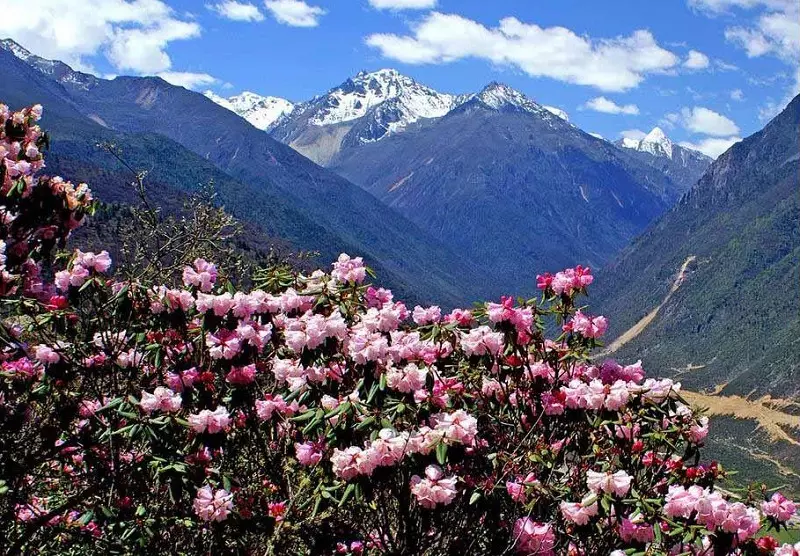
There are 190 species of rhododendrons in Tibet, which are mainly distributed in montane coniferous forests, deciduous broad-leaved forests and alpine meadow vegetation zone at an altitude of 3000-5500 meters.
Rhododendron is a typical alpine plant, from low shrubs to tall tree-shaped rhododendron, which types vary greatly. Clusters of flowers often gather into ball-shaped inflorescences. And the flowers are large and beautiful, with colors ranging from white, pink, red, and magenta to yellow. In the full blooming season from mid-April to the end of June, all branches are flowering according to the mountain altitude one after another in Nyingchi, Chayu, Bomi, Milin, Medog, Cona in southeastern Tibet, as well as Yadong and Nyela in the southern foothills of the Himalayas, like a grand and lively party.
Meconopsis
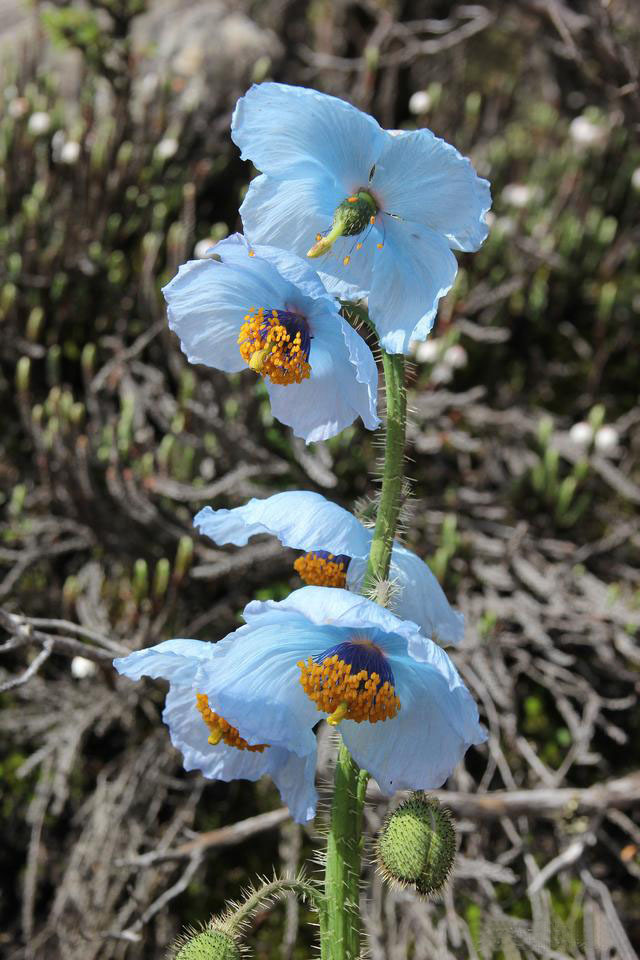
Meconopsis is a genus of flowering plants in the poppy family. There are 49 species of meconopsis in the world: one species grows in Western Europe, and the remaining 48 species are distributed in the snowy mountain meadows, alpine shrubs or screes at an altitude of 3900 to 5000 meters of the Himalayas and the Hengduan Mountains, as well as in the upper edge of the forest and alpine meadows. Meconopsis is a famous alpine flower and can bloom near the snow line so it's called "the closest flower to heaven". Meconopsis are very similar to those of the poppy family, when a plant hunter Wilson saw it one hundred years before, he called it "blue poppies". Meconopsis also has another name called Himalayan Blue Poppy.
Meconopsis has made a great contribution to the abundance of European garden plants and has always been loved by gardening enthusiasts.
Snow Lotus Flower
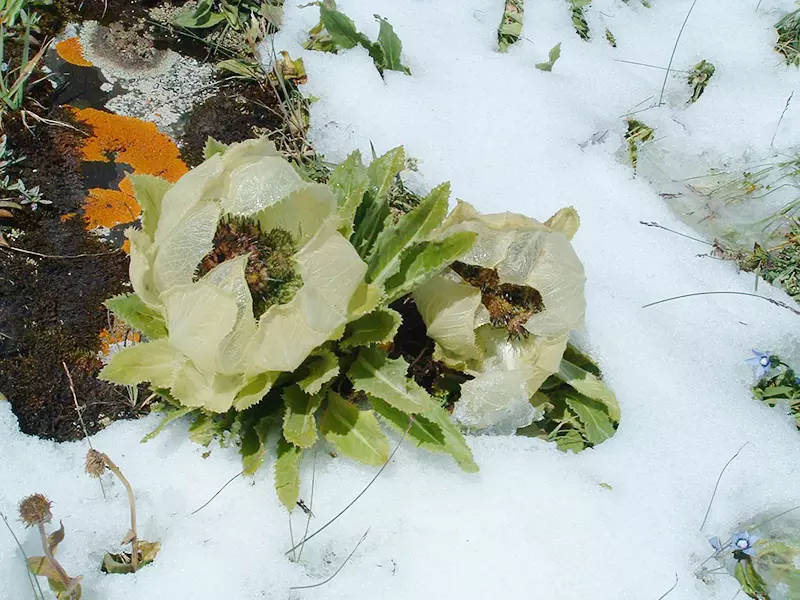
Snow lotus flower (formal name: Saussurea involucrata) is named after its lotus-like corolla. The common name is snow lotus for short. There are 10-20 small flower buds, densely clustered into a hemispherical shape head at the top of the stem. The hemispherical head is 1 cm in diameter and has 3-4 layers. The edge part shows purple-brown. And its florets are purple, often surrounded by dense white to purple woolly hairs. Its seed is in oblong shape. The fruiting stage lasts from July to September.
Snow lotus can only be seen on the snow-capped mountains above 3000 meters above sea level. There is snow all year round and the temperature is as low as minus 20 degrees. However, it can survive tenaciously and bloom with white, crystal clear and fragrant flowers. Therefore, it has been regarded as a symbol of steadfast love by Tibetans since ancient times.
Incarvillea Younghusbandii Sprague
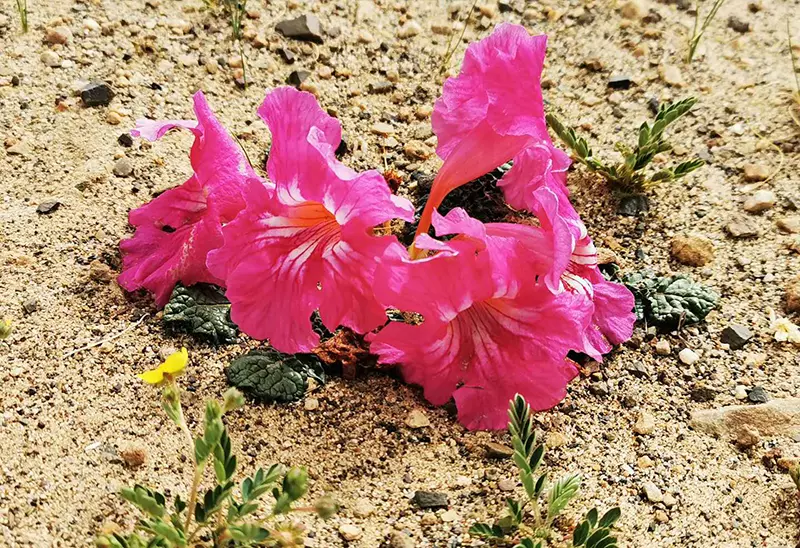
Incarvillea younghusbandii sprague is a species of herbaceous plant belonging to the Bignoniaceae family. It grows in alpine sandy meadows and hillside gravel shrubs at an altitude of 3600-5000 meters. Although the growing environment is particularly poor, the blossoming flowers are very bright and ornamental. It's an alpine flower, with a short terminal inflorescence. Its corolla shows purple or thin pink, and its tubular corolla shows orange-yellow.
This plant is commonly distributed in Qinghai and Tibet (Lhasa, Nagqu, Bangor, Sog County, Biru County, Zhongba, Cona County, Burang, Dinjie County, Nyalam County, Tingri, Gêrzê County). There are also some such plants in Nepal.
Gentiana Veitchiorum
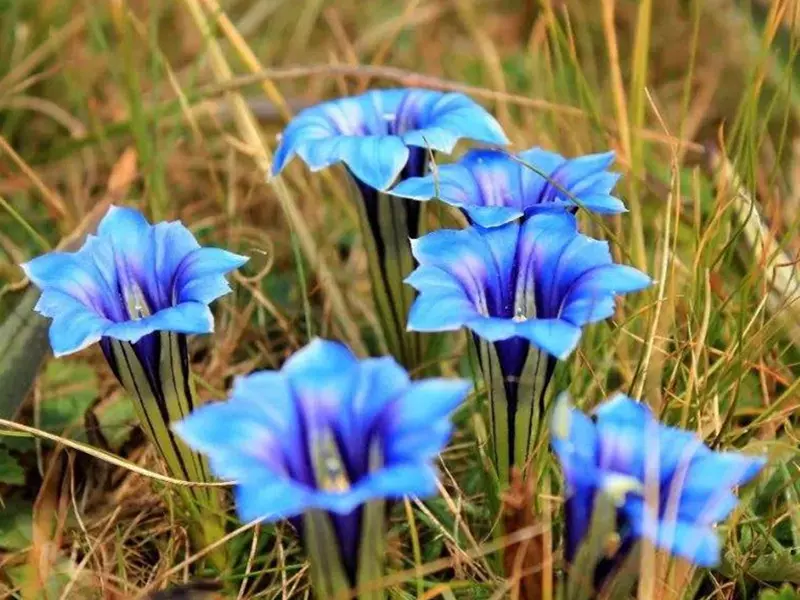
Gentiana veitchiorum is of the perennial herb, with a height of 5-10m. Its trophophylls and sporophylls look radiant splendor. There're buds at the top of the stem. The upper part of its corolla is blue or dark blue with yellow-green stripes and the lower part is yellow-green with blue stripes and spots. In Tibet, it primarily grows on woodside grassland and alpine grassland in central and eastern Tibet. Besides Tibet, This plant is also distributed in Nepal as well as Qinghai, Sichuan, Yunnan and other places of mainland China, in areas between 2500 meters and 4800 meters above sea level.
Stellera Chamaejasme
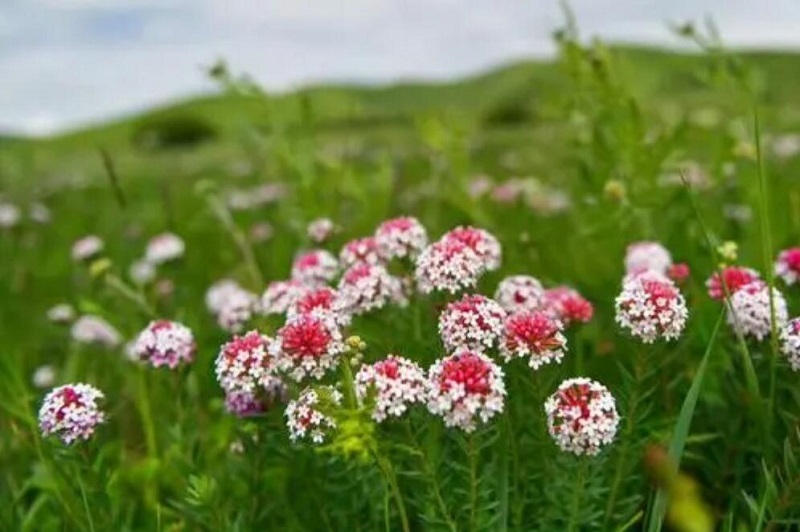
The Stellera chamaejasme is a perennial herb, with oblong leaves, whorled, unisexual flowers and oblate capsules. This plant is very common in China's Qinghai-Tibet Plateau and Loess Plateau.
Its roots contain highly toxic but it can be used as traditional Chinese medicine, which has expectorant and analgesic efficacy. In addition to roots, its stems and leaves are all highly poisonous and can be made into pharmaceuticals for external applications, which have the effect of eliminating blood congestion. This plant can also be used in pesticides to control stem borers and aphids. But humans and livestock must not eat it.
The root system of the Stellera chamaejasme is large, with a strong capacity of water absorption therefore it can adapt to arid and cold climates, under which other herbs are hard to survive. The more developed the root system is, the more toxic it can be.
Rheum Nobile
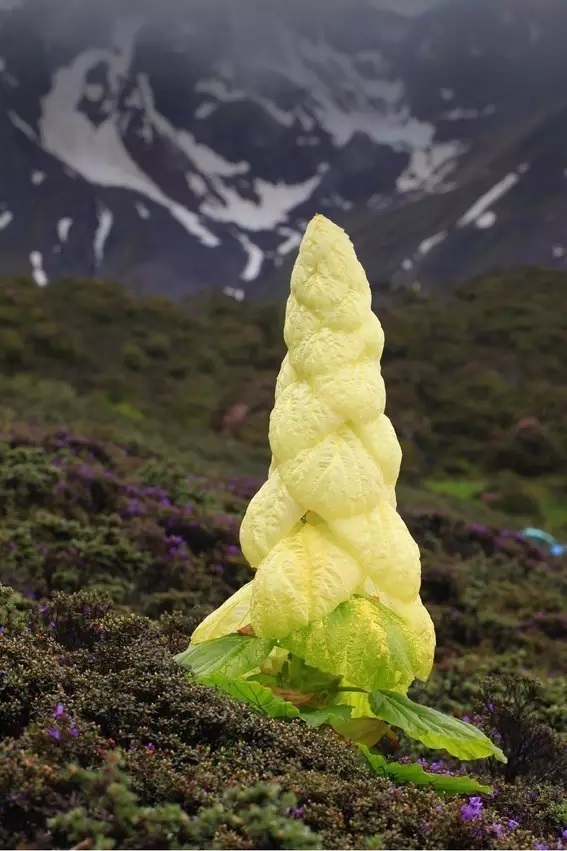
Rheum nobile is a giant herbaceous plant, with a height of 1~2 meters. Its rhizomes and roots are long and strong, up to 8 cm in diameter. Rheum nobile is distributed at the foot of the Himalayas in Tibet and northwestern Yunnan of China, occurring in the alpine rocky beaches and wet grasslands at an altitude of 3900-4000 meters. This plant, like bamboo, is a single-fruited perennial herb. That is, after 5 to 7 years of vegetative growth, it blooms and bears fruit, and then it dies, only blooming once in a lifetime. At first glance, Rheum nobile before flowering looks like Chinese cabbage. But in the year of blooming, it will grow 1.5 to 2 meters high inflorescence, gradually narrowing from bottom to top, like a splendid pagoda.
Lamiophlomis Rotata
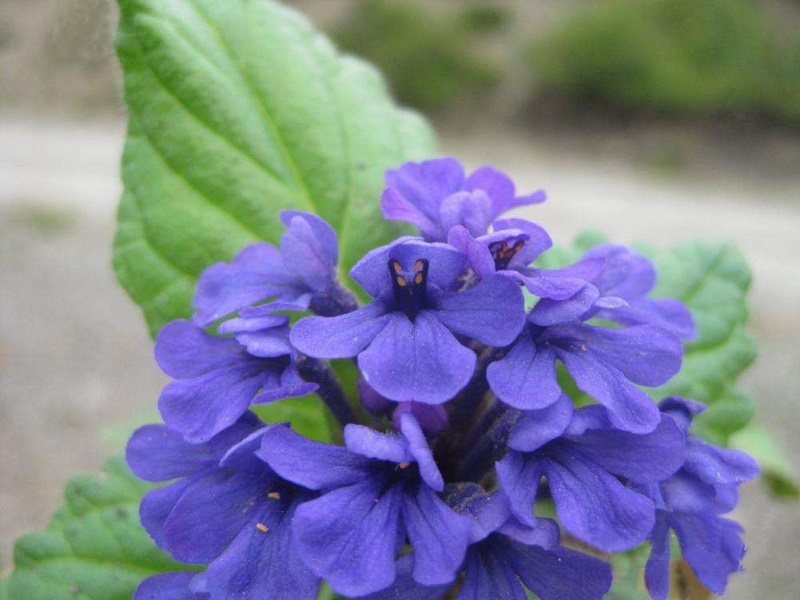
Lamiophlomis rotata is the only species of genus Lamiophlomis in the Lamiaceae family. It is of a perennial herb, with a height of 2.5-10 cm. Its rhizome is deep, thick, and 1 cm in diameter.
Lamiophlomis rotata is an important medicinal plant unique to the Qinghai-Tibet Plateau, widely distributed in Tibet, also scattered in Qinghai, Gansu, Sichuan and Yunnan. Its greatest effect is promoting blood circulation, removing blood stasis, reducing swelling and relieving pain. It also has an outstanding analgesic effect and improves human immune function.
It often grows on stony alpine meadows, river beaches or severely weathered gravel beaches at an altitude of 3900-5100 meters.
Sophora Moorcroftiana
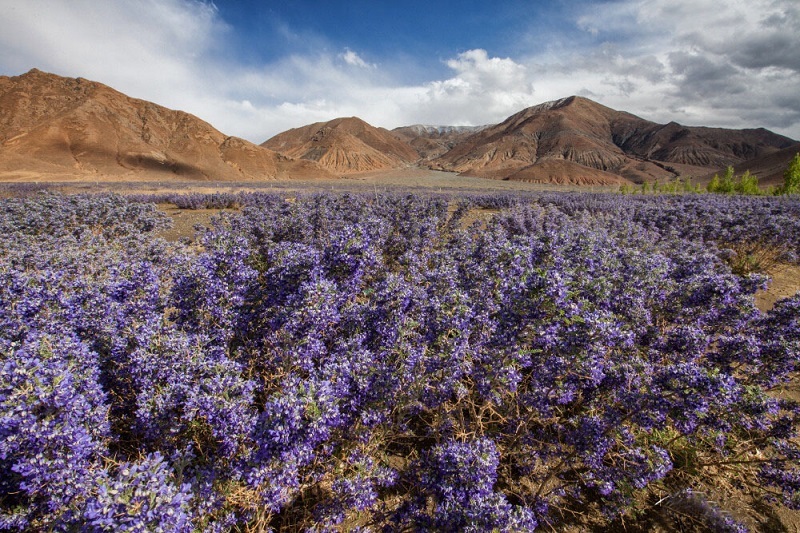
Sophora moorcroftiana is a small shrub of genus Sophora in the leguminous family, up to 1 meter tall. Distributed in Tibet, as well as in India, Bhutan and Nepal. It grows in forests or in gravel bushes near valleys, rivers and streams at an altitude of 3000-4500 meters.
During the blooming season, the sophora moorcroftiana dyes the river valley and the foothills into blue-purple, which makes many tourists mistake large areas of Sophora moorcroftiana for lavender fields on the way from Shigatse to Lhatse.
Tibetans call the Sophora moorcroftiana "skyi-ba". In June, its tender leaves can be eaten by livestock. In September, after the highland barley harvest, farmers in Shigatse and some places in Shannan will collect the branches of Sophora moorcroftiana and pile them outside the courtyard wall to dry out. When making tsampa, they will use the branches as fuel. The seeds of "skyi-ba" can be used in traditional Tibetan medicine for anti-inflammatory, detox, and treating digestive diseases.
With its superior sand-fixing ability, barren and drought-tolerant characteristics, Sophora moorcroftiana is also playing an increasingly important role in the restoration of the ecological environment.
Email response within 0.5~24 hours.



